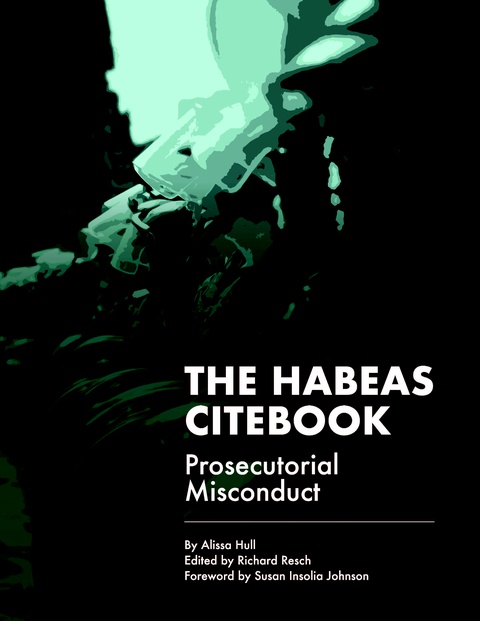Three’s a Crowd: Issues of DNA Mixture Analysis and Interpretation
by Eike Blohm M.D.
A study funded by the National Institute of Justice recently found that the vast majority of forensic laboratories had difficulty correctly interpreting DNA samples derived from three donors.
Over 99.9% of our DNA is identical with that of random strangers. Forensic DNA analysis focuses on the 0.1% that sets us apart. Sequences of DNA that harbor this variation are buried in coding DNA, meaning stretches of chromosomes that contain genes. Mutations that are neutral are passed on to the next generation.
Mutations give rise to variations at a specific locus (position) on a chromosome. The constellation of variations at a locus is called an allele. Oftentimes, alleles differ from one another in their number of short tandem repeats (STRs). Since the code in our DNA uses only four letters (ATGC), an STR is a sequence where the same two letters repeatedly occur together, such as ATATAT. One allele at a locus may have a three-AT STR while another has a different number. This allows STR-analysis to differentiate between two individuals, at least in theory.
Interpretation of STR data often involves statistical calculation. The FBI maintains a large database published in the Journal of Forensic Sciences that lists the frequency with which certain alleles are present in the U.S. population. If an STR analysis were to find three alleles, one of which is found in 10% of Americans, another in 30%, and the last in 50%, one would expect that 1.5% of Americans have the combination of those three alleles (10% x 30% x 50%). Forensic STR analysis looks at more than three alleles and often can shrink the odds of a random individual having the same allelic pattern as a crime scene sample to one-in-a-billion.
But things get messy when the DNA sample isn’t pure but comes from two or more individuals, especially when the DNA sample is very small such as from “Touch DNA” from a doorknob rather than a blood or semen sample. In the hypothetical three-allele analysis, a two-person DNA mixture now allows for six different combinations of alleles, thereby increasing the odds of a random individual having one of these combinations. In forensic STR analysis, the odds increase to around one-in-a-hundred-thousand with a two-person DNA mixture and one-in-a-hundred for a three-person sample. And this is if things go perfectly, which often they don’t.
Error can be introduced during the amplification process. Before an allele can be sequenced, the genetic information from the sample must be copied repeatedly (amplified). With each cycle of the polymerase chain reaction (“PCR”), the number of copies doubles. The problem with exponential growth is that if by chance one allele didn’t get copied early in the PCR process, it will soon be drowned out by the other alleles and stay below detection threshold during the electropherogram that follows. This loss is called allelic drop-out.
Another potential source of error in the analysis of DNA mixtures is “stutter” during amplification. The fidelity of the polymerase enzyme is amazing, but not perfect. Especially in STR regions, it can make mistakes and copy a tandem pair twice. This now gives rise to a “new allele” that did not exist in the original sample. In single-individual DNA, this can easily be filtered out, but the proportion with which individuals contribute alleles to a DNA mixture varies. So, alleles that barely make it across the detection threshold can’t simply be excluded.
If the major component of a DNA mixture was contributed by a woman, the minor component of male DNA can selectively be analyzed by targeting alleles only found on the Y-chromosome (Y-STR analysis). While this reduces some of the problems outlined above, it introduces new ones. The Y-chromosome is passed down from father to son, and individuals of the same paternal lineage are identical on Y-STR analysis.
The study funded by the National Institute of Justice found that there is significant variation in the interpretation of DNA mixtures both between laboratories and between examiners at the same laboratory. Generally, two-person DNA mixtures could be interpreted with reasonable reliability, but three-person DNA mixtures remained beyond the resolution of most laboratories.
Source: NIJ.OJP.gov
As a digital subscriber to Criminal Legal News, you can access full text and downloads for this and other premium content.
Already a subscriber? Login





